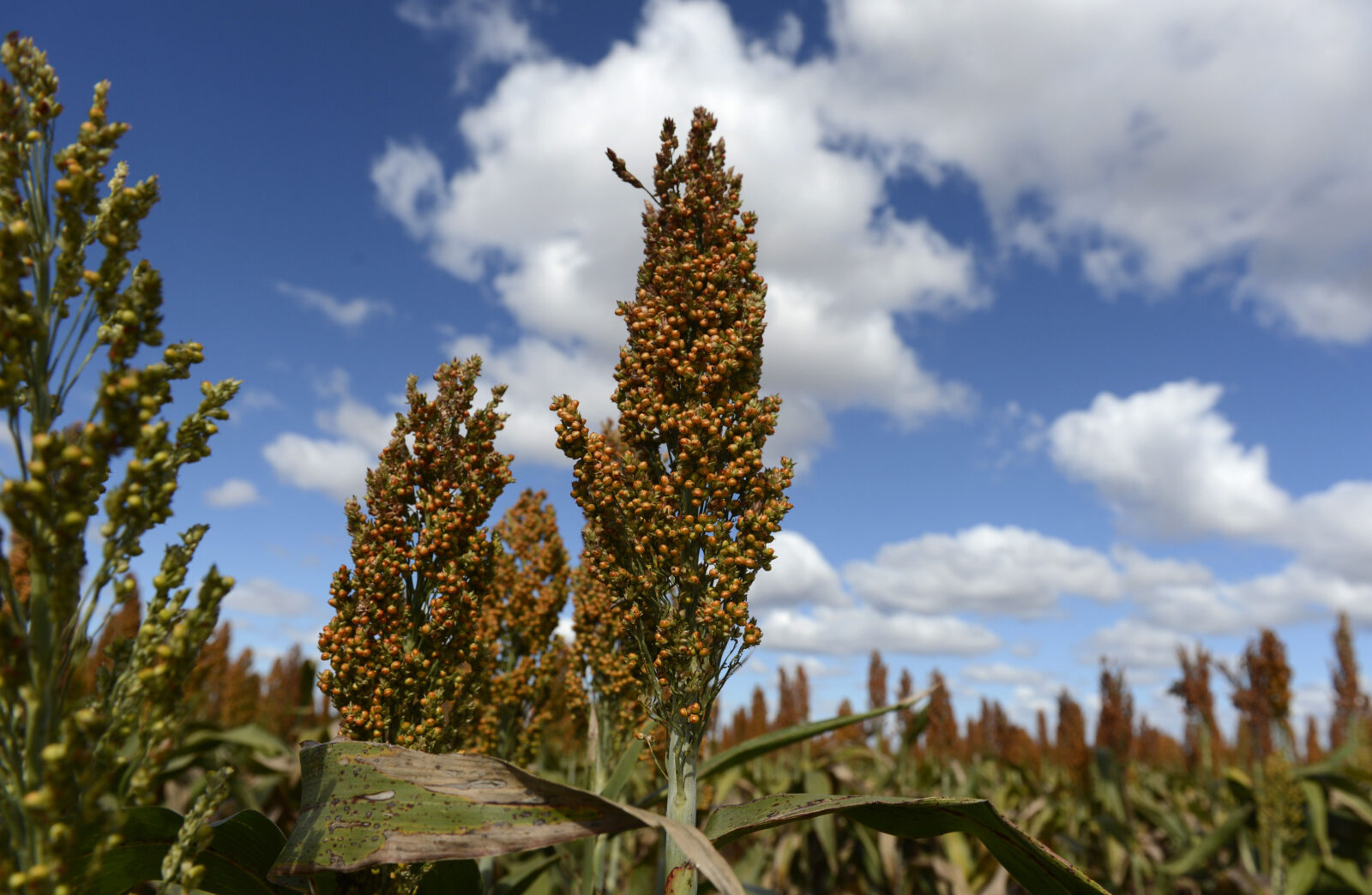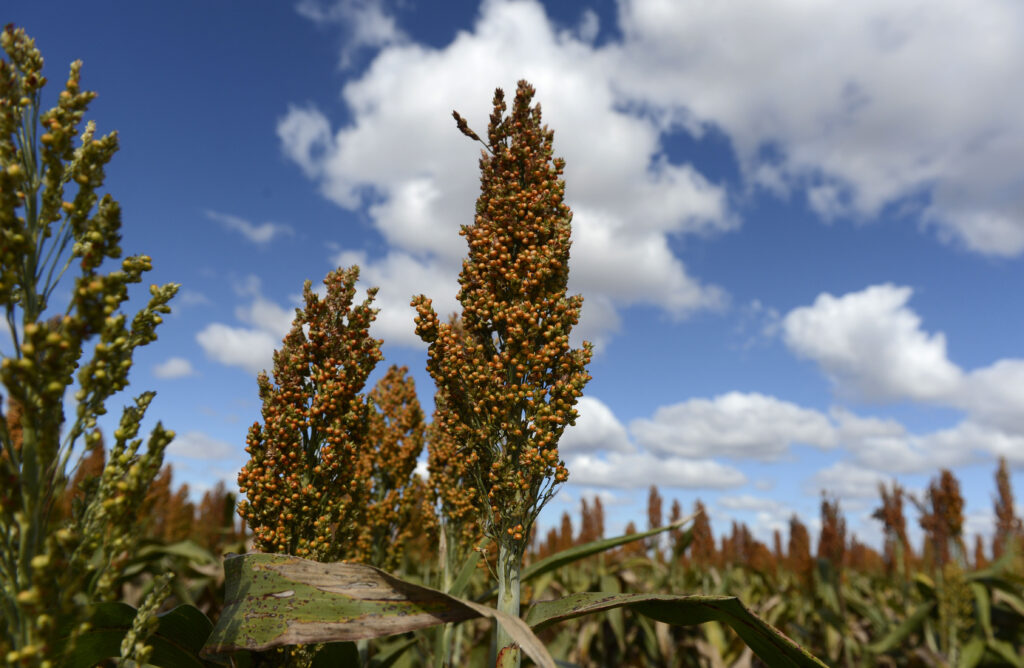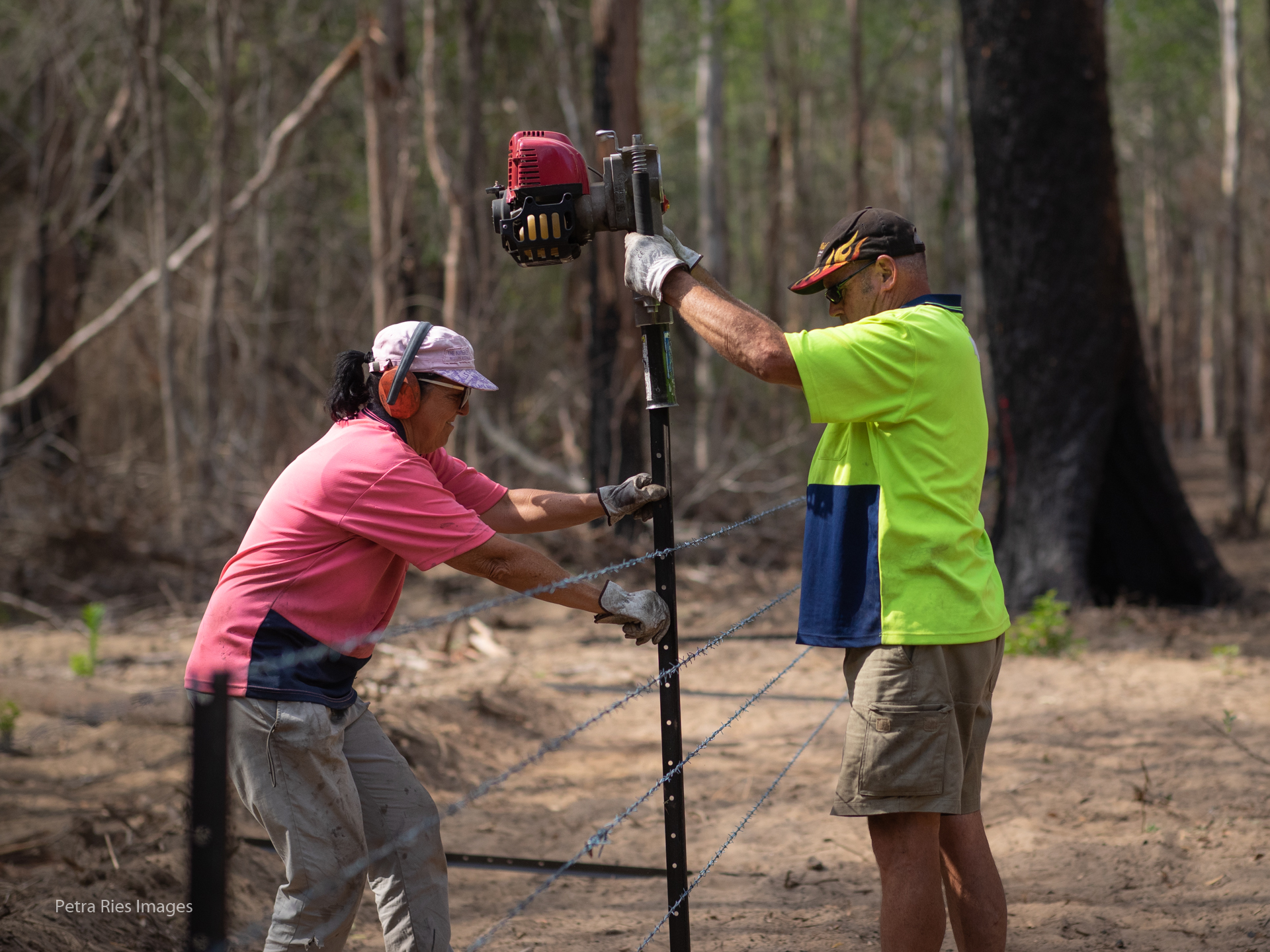Rural commodity prices have performed strongly in the opening months of 2015 with higher fruit, dairy, fibre and pulse prices more than offsetting the mixed performance of grains and protein.
The National Australia Bank (NAB) Rural Commodities Index rose 2.1 per cent in February, building on the significant rise recorded in January.
Khan Horne, General Manager of NAB Agribusiness said the report indicates the continued weakening of interest rates and the Australian dollar (AUD).
“We still expect to see another rate cut in the coming months. While this is most likely to happen in May, the outcome of the April Reserve Bank meeting is not a foregone conclusion,” Mr Horne said.
“At this stage we aren’t forecasting a second cut to below 2 per cent, but the chances of this happening are certainly rising. We don’t expect to see a rate rise until the second half of 2016.
“Adding to the good news for exporters, all signs point to a further weakening in the AUD and expected further falls in Australia’s terms of trade.”
NAB has held its forecasts steady in March for the AUD to fall to a low of 0.74 this year and then 0.73 in 2016, before recovery commences later in 2016 and into 2017.
In commodity prices, ample global wheat supply combined with the impact of sharply lower oil prices has seen lower corn ethanol prices and a flow-through to other major feed grains. This has seen world wheat prices continue to fall.
Cattle prices began to ease in February, although the Eastern Young Cattle Indicator still gained 0.7% (AUD) month on month to 445.34 AUc/kg.
“Prices are still high but there has been some downward pressure due to lower demand from processors in cyclone damaged Rockhampton and generally below average rainfall across major northern beef regions in February,” Mr Horne said.
“Looking forward, we expect elevated red meat prices as slaughter rates begin to contract for beef and lamb as producers rebuild herds and flocks following elevated slaughter in 2014.”
The report shows prices for beef and lamb are expected to increase 22.8 per cent and 2.6 per cent respectively, year on year.
Sugar, wool, wheat, cotton and dairy prices are expected to weaken as a result of falling international prices, but a lower forecast AUD is expected to partly cushion the impact domestically.
NAB’s Rural Commodities Index includes 28 commodities (wheat, barley, sorghum, rice, oats, canola, chick peas, field peas, lupins, wool, cotton, sugar, wine grapes, beef, lamb, pork, poultry, dairy, apples, bananas, oranges, mangoes, strawberries, broccoli, carrots, lettuce, potatoes and tomatoes). The index is weighted annually according to the gross value of production of each industry in Australia.





